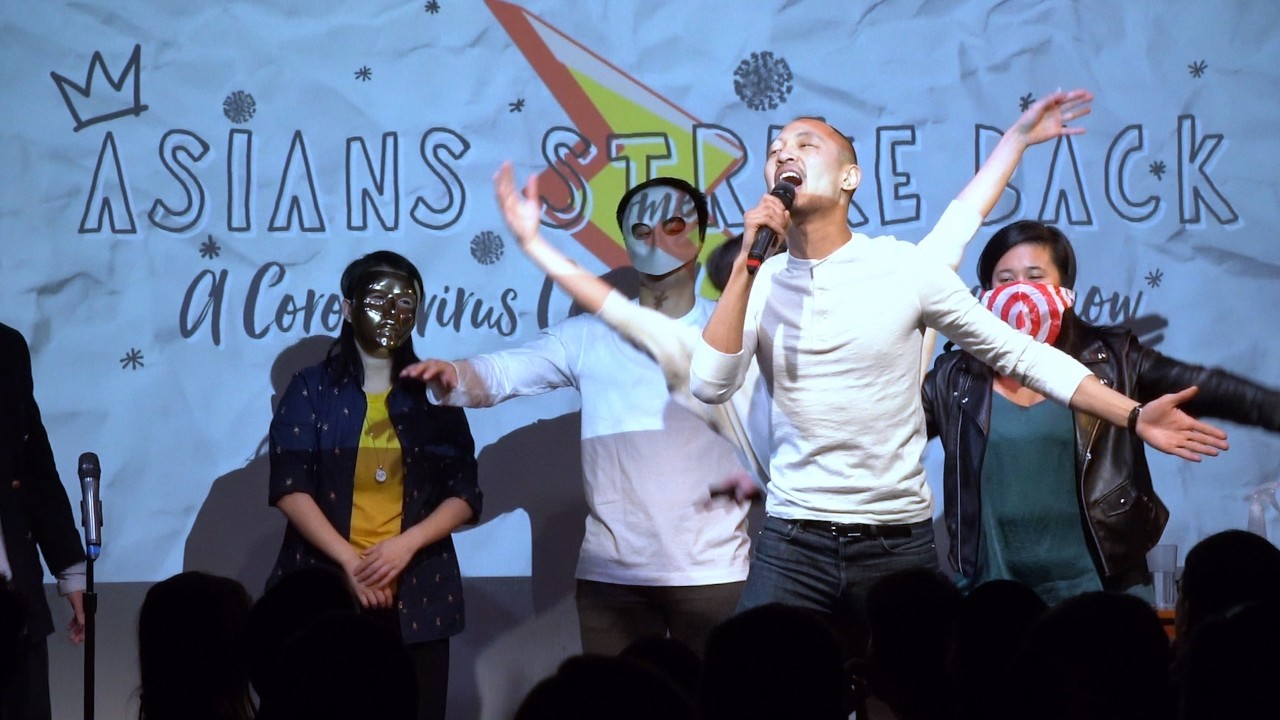
In a time of US racial reckoning, can Asian-Americans find their voice?
- Considering how Asian-Americans are increasingly part of the social and political conversation, their lack of representation in mass media is especially jarring
- It remains to be seen whether the ongoing reckoning on racial relations will extend to the country’s growing and diverse Asian population
My first true introduction to American culture came following my family’s move to Hong Kong in the 1930s, in the form of Hollywood movies. Watching films such as Gone with the Wind spurred my lifelong interest in film and partially inspired my decision to travel to the United States as a student in 1949.
Throughout my time at the University of Maryland, I took advantage of every opportunity to engage in American popular culture. I frequented the cinema, dabbled in play writing and took journalism classes at night at American University. Ultimately, my career took me in a different direction as I was bound for scholarly rather than media pursuits.
The Hollywood film industry that so piqued my interest in the 1930s is one of the most glaring examples of this. According to a 2019 study by the University of Southern California, only 2 per cent of leading roles in the top 100 films of 2018 went to Asian actors.
Only one Asian-American has won an Academy Award for acting: Miyoshi Umeki for Sayonara in 1957. There are also plenty of ugly examples where roles that should have been played by Asian-Americans are instead given to white actors.

03:41
Asian-Americans, harassed over coronavirus, push back on streets and social media
I remember seeing the film adaptation of the Pulitzer-winning book The Good Earth in Wuhan in 1939. While the film’s main character was a Chinese farmer, he was portrayed on screen by Austro-Hungarian-born American actor Paul Muni.
In pondering the rationale behind these omissions, La Force asked whether “there is something about the very physiognomy of the Asian face that American audiences still will not or cannot accept”.
Seemingly reinforcing this idea, actor Peter Shinkoda from the Netflix series Daredevil said last week that former Marvel Television head Jeph Loeb killed a story arc for his character because – Loeb supposedly said – “nobody cares about Chinese people and Asian people”.

02:48
Coronavirus: Asian actors hit back at anti-asian racism
The entertainment world is not alone in its neglect of Asian-American voices. Journalism also struggles to include Asian-American reporters and commentators in numbers representative of their share of the population.
Take, for example, the now-notorious Wall Street Journal editorial titled “China is the Real Sick Man of Asia”, which was published on February 3 just as the coronavirus crisis was paralysing China.
The real origin of the ‘Sick Man of Asia’ comment
The hurtful history of this term as a reference to Chinese people, which came about partially in response to immigration in the late 19th and early 20th centuries, was evidently not known to those responsible for the headline.
If there were more Asian-American staff, they could have recognised the cultural sensitivities of the phrase and prevented the whole unfortunate incident.

03:06
Comedians in New York fight racism with coronavirus-themed show
There are venues where Asian-Americans can express their views, but they are largely limited to media specifically for the Asian-American audience. These include magazines, newspapers, news websites and social media. While these platforms are important mechanisms for the Asian-American community to tell their stories and air grievances, this is not nearly enough.
Limiting Asian-American voices to platforms specific to the community keeps Asian-American perspectives and issues from reaching wider American society. In this respect, Hong Kong – even with the new national security law – is ahead of the United States in the ability for diverse opinions and perspective to find platforms in mainstream media.
I have been in the US for 70 years and, for the entirety of this time, black Americans have been striving for equality. If their experience is any indicator, Asian-Americans may still have a long time to wait until their voices are heard.
I hope that, during this rare moment of racial awareness and reflection, the Asian-American community can find space to assume a greater and more equitable role in communicating the American experience.
Chi Wang, a former head of the Chinese section of the US Library of Congress, is president of the US-China Policy Foundation

